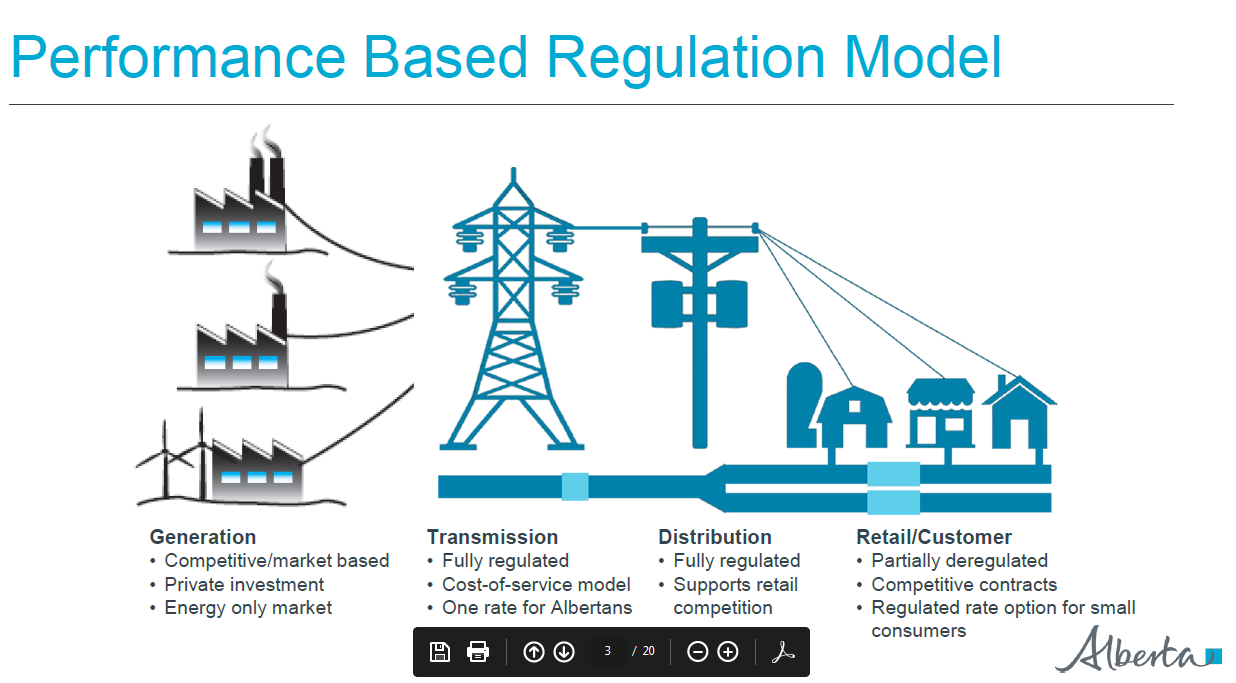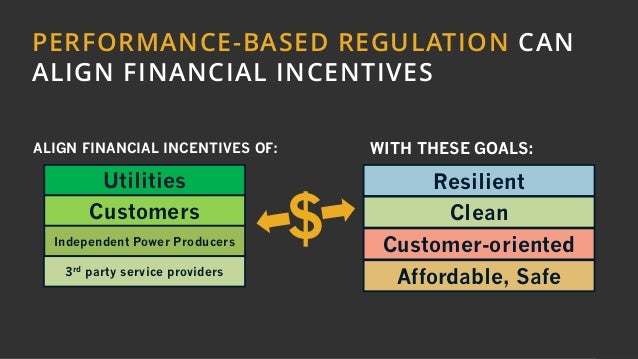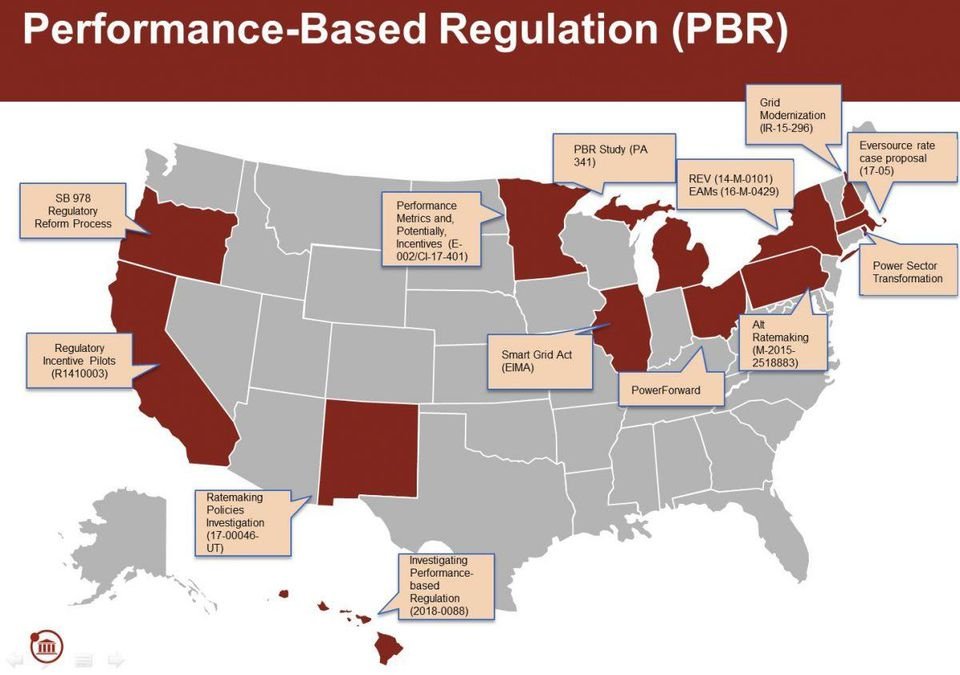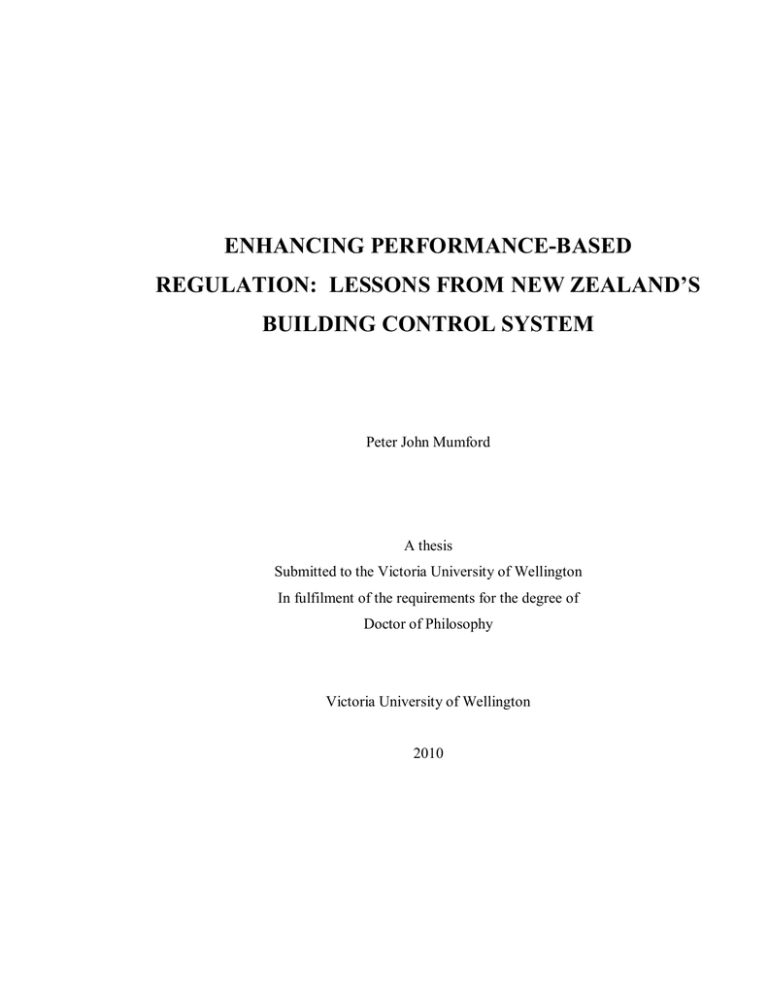Performance Based Regulation Electric Utilities
Performance-Based Regulation: Driving Efficiency and Innovation in Electric Utilities
Electric utilities play a crucial role in our everyday lives, providing a reliable supply of electricity to power our homes and businesses. However, in order to ensure that these utilities operate efficiently, regulators have implemented a groundbreaking approach known as Performance-Based Regulation (PBR). This innovative regulatory model has transformed the traditional utility business model by incentivizing utilities to deliver excellent performance, while also fostering innovation and cost-effectiveness.
How Does Performance-Based Regulation Work?

Performance-Based Regulation (PBR) sets specific targets and performance metrics for electric utilities, encouraging them to improve their operations and achieve better outcomes for consumers. Instead of relying on traditional cost-of-service regulation, where utilities are guaranteed a certain rate of return on their investments, PBR focuses on incentivizing utilities to enhance efficiency, reduce costs, and make infrastructure investments that provide the greatest value to consumers.
The Benefits of Performance-Based Regulation

1. Driving Efficiency and Cost-Effectiveness
By aligning incentives with performance targets, PBR stimulates electric utilities to find innovative ways to reduce costs and deliver services more efficiently. This can lead to lower electricity bills for consumers and a more sustainable and affordable energy system in the long run.
2. Encouraging Innovation and Technology Adoption
PBR incentivizes utilities to invest in technologies and infrastructure that improve the reliability, resilience, and environmental sustainability of the electric grid. This fosters the adoption of renewable energy sources, energy storage systems, and smart grid technologies, benefitting both consumers and the environment.
3. Promoting Consumer Engagement and Empowerment
PBR ensures that the interests of consumers are at the forefront of decision-making by encouraging utilities to seek feedback, involve consumers in the planning process, and provide clear and transparent information about costs and service quality. This promotes consumer empowerment and accountability within the electric utility sector.
The Future of Performance-Based Regulation
Performance-Based Regulation has been successfully implemented in several jurisdictions around the world, transforming the electric utility industry and driving positive change. The benefits of this regulatory model have encouraged other regions to explore its adoption, leading to a global shift towards performance-focused utility regulation.
As the energy landscape continues to evolve, with increasing renewable energy integration, electrification of transportation, and emerging technologies, Performance-Based Regulation will play a crucial role in driving the evolution of electric utilities. By incentivizing utilities to embrace change and deliver value to consumers, PBR will shape the future of the electric utility industry.
Frequently Asked Questions (FAQs)
Q: How does Performance-Based Regulation impact electricity prices?
A: Performance-Based Regulation aims to balance the interests of consumers and utilities. By encouraging utilities to become more efficient and find ways to reduce costs, PBR can have a positive impact on electricity prices by preventing unnecessary rate increases and ensuring that consumers receive the best value for their money.
Q: Is Performance-Based Regulation only applicable to large electric utilities?
A: Performance-Based Regulation can be implemented for both large and small electric utilities. The primary goal is to incentivize all utilities to improve their performance and deliver better outcomes for consumers. The specific targets and metrics may vary depending on the size and characteristics of the utility.
Q: What role do consumers play in Performance-Based Regulation?
A: Consumers are at the heart of Performance-Based Regulation. PBR encourages utilities to actively engage with consumers, seek their input, and provide transparent information about costs and services. This empowers consumers to make informed choices and hold utilities accountable for their performance.
Performance-Based Regulation is revolutionizing the electric utility industry, driving efficiency, innovation, and consumer empowerment. By setting clear performance targets and incentivizing utilities to achieve them, PBR is transforming the way electric utilities operate, delivering more affordable and sustainable energy solutions for all.
Aviation Authority Launches Performance-based Regulation Assessment
 Image Source : memberportal.bsigroup.com
Image Source : memberportal.bsigroup.com Utilities Consumer Advocate: UCA Resources
 Image Source : ucahelps.alberta.ca
Image Source : ucahelps.alberta.ca regulation utilities
Performance-Based Regulation In Minnesota: A Decade Of Progress - Great
 Image Source : betterenergy.org
Image Source : betterenergy.org regulation progress
PURA Approves Performance-Based Regulation For Electric Utilities
 Image Source : insideinvestigator.org
Image Source : insideinvestigator.org The Rise Of Performance-Based Regulation And Other Policy Developments
 Image Source : www.greentechmedia.com
Image Source : www.greentechmedia.com based regulation developments trends
Performance-Based Regulation
 Image Source : www.slideshare.net
Image Source : www.slideshare.net incentives
Why Performance-based Regulation Is Important For The Electric Utility
 Image Source : www.brookings.edu
Image Source : www.brookings.edu Enhancing Performance-based Regulation: Lessons From New
 Image Source : studylib.net
Image Source : studylib.net Performance-based regulation. Enhancing performance-based regulation: lessons from new. Regulation utilities. Why performance-based regulation is important for the electric utility. Pura approves performance-based regulation for electric utilities